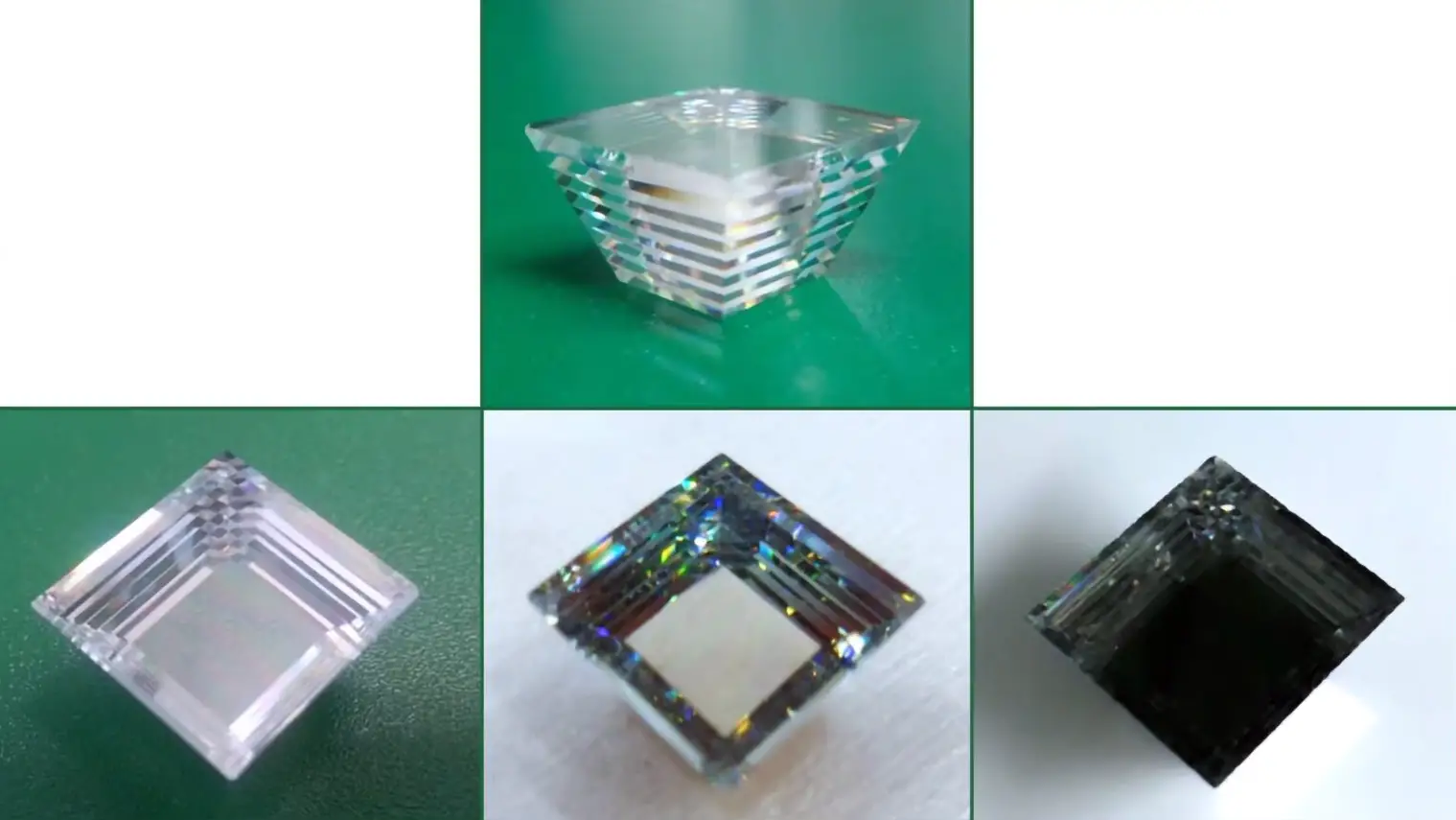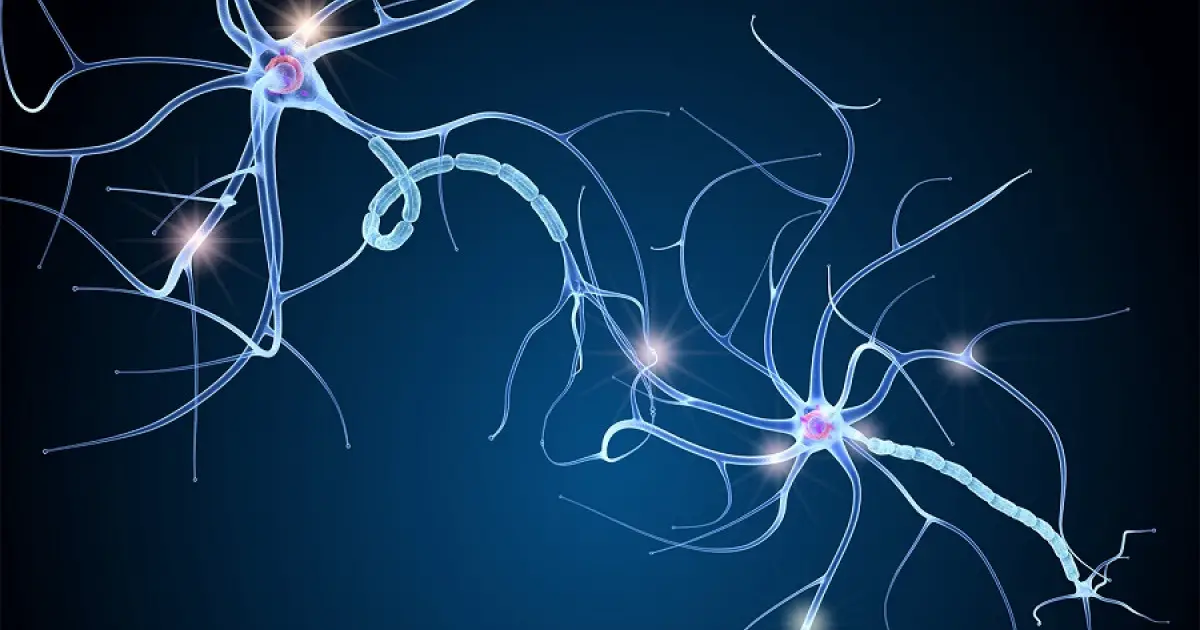Solar cells are becoming a more critical renewable energy source, but they could still be better. Engineers have now made a lens in the shape of a pyramid that can focus sunlight from any angle onto a solar cell. As a result, the solar cell can keep collecting power from sunrise to sunset.
Solar cells perform best in direct sunlight, implying that many of them may only provide a few hours of electricity daily. Others increase their productivity by actively moving to follow the Sun across the sky, although this burns energy and adds mechanical complexity.

Stanford wants to solve the problem.
Nina Vaidya, a Stanford University researcher, created an elegant gadget that can concentrate light from any angle and frequency and guide it to a single place on the panel.
The gadget is the Axially Graded Index Lens (AGILE), yet it resembles little more than an inverted glass pyramid. “It’s a totally passive system; it doesn’t require energy to monitor the source or have any moving parts,” Vaidya explained in a press statement. “Without the need for tracking devices or optical focus that shifts places, focusing light becomes considerably simpler.”
Vaidya proposed, in collaboration with her doctoral adviser, Olav Solgaard, that a manufactured material with a gradually increasing refractive index might bend incoming light and focus it on a single spot. The refractive index measures how fast light passes through a substance. The light would barely bend at the surface of Vaidya’s imagined device, but as it passed through, it would bend until it was practically vertical.

Make theory into reality
To create their gadget with a graded refractive index, the researchers experimented with a variety of optical materials, including glass and polymers. The prototypes also featured mirrors on their sides, so any light that escaped was reflected. Using a variety of materials also had the problem of causing cracks in the device since they expanded differently under heat.
According to the news release, Vaidya’s experience with 3D printing came in help when she manufactured polymeric lenses with nanometer-scale roughness. The researchers could 3D print AGILE utilizing widely accessible polymers and glasses using innovative manufacturing processes.

The researchers collected 90% of the light that touched the AGILE surface in the prototypes they made and tested, creating spots that were three times brighter than the incident light. The lens also operates with a wide range of light, from ultraviolet to infrared, as well as the light that has been dispersed owing to changes in weather or atmospheric circumstances.
A layer of AGILE put on top of solar panels might not only aid in the removal of current protective layers but also create room for cooling and circuits between the inverted pyramids, according to the press release. As the surface area required for power generation is lowered, solar panels may grow smaller, lowering production costs.

The internet is filled with clever ideas for harnessing additional solar energy. Many are inspired by natural elements such as butterfly wings, fly eyes, flower petals, and puffer fish. “There are aspects of AGILE that may be found in the retina of fish (e.g., Gnathonemus) and compound eyes in insects (e.g., Lepidoptera), where a gradient index is present as anti-reflection to enhance transmission as well as to permit camouflage,” adds Vaidya.
Though the researchers have not announced any intentions to commercialize AGILE, according to a Stanford press release, the prototypes were created with the solar industry in mind utilizing easily available materials.
“Abundant and cheap sustainable energy is critical to solving serious climate and ecological concerns,” Vaidya added. “In order to make that a reality, we need to stimulate engineering solutions.”





